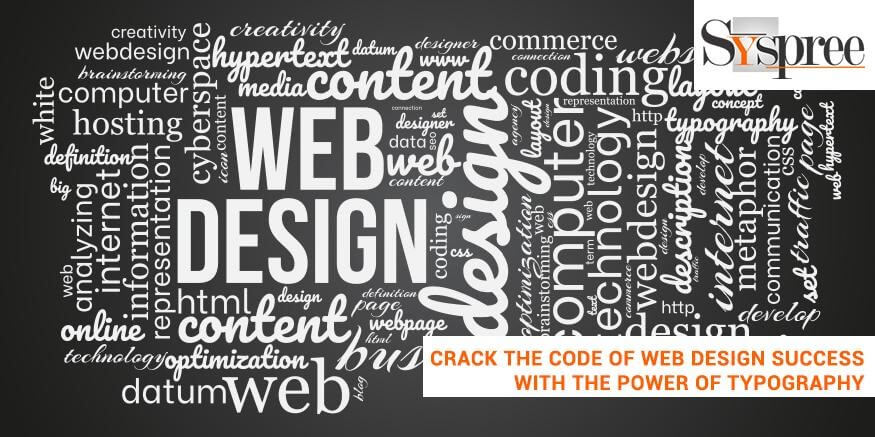Shop At Haya: Your Ultimate Shopping Guide
Discover the best shopping tips, trends, and deals for a smarter buying experience.
Typography Tales: Fonts with a Side of Flavor
Discover the delicious world of typography! Uncover unique fonts and their tasty stories that will spice up your design game.
The Art of Typographic Pairings: Finding the Perfect Match
In the world of design, typographic pairings play a crucial role in enhancing the visual appeal and readability of any project. Understanding how to find the perfect match between fonts can elevate your work, drawing attention to key messages and establishing a cohesive brand identity. The key lies in balancing contrast and complement, ensuring that the fonts you choose not only coexist harmoniously but also serve their intended purpose. For instance, pairing a bold sans-serif font with a delicate serif can create a striking visual hierarchy that captivates your audience.
To master the art of typographic pairings, consider these essential tips:
- Contrast with purpose: Use contrasting styles to guide the reader’s eye, ensuring that headings and body text are distinctly different yet aligned with the overall tone.
- Limit your choices: Stick to two or three fonts to avoid visual clutter—all good pairings stem from a well-planned selection.
- Test and iterate: Experiment with various combinations, and don’t hesitate to seek feedback from peers to refine your choices.

Exploring Cultural Influences in Typography: Fonts Around the World
Typography is more than just the arrangement of letters; it is a visual representation of cultural identity and values. Fonts around the world reflect myriad cultural influences, from the elegant strokes of traditional Asian scripts to the bold geometric shapes of modern Western typefaces. For instance, the distinctive kanji characters in Japanese typography not only create visual interest but also encapsulate deep historical and philosophical meanings. Similarly, Arabic calligraphy showcases a fluidity and artistic expression that is unique to the cultures it represents, often used in religious and decorative contexts.
As we explore these cultural influences in typography, it's essential to recognize how globalization has led to a blending of styles. Fonts such as Helvetica have gained international acclaim, transcending borders and being adopted in diverse contexts. However, regional styles often persist, like the use of serif fonts in European print culture, which emphasizes tradition, or the use of sans-serif fonts in contemporary digital interfaces, favoring simplicity and readability. Thus, understanding these nuances not only enriches our appreciation of graphic design but also highlights the profound impact of culture on visual communication.
How to Choose the Right Font for Your Brand: A Step-by-Step Guide
Choosing the right font for your brand is a pivotal step in establishing your visual identity. To start, it’s essential to understand your brand's personality. Is your brand modern and sleek, or vintage and rustic? Identify the emotions you want to evoke in your audience. This initial step will guide you toward fonts that resonate with your desired vibe. For instance, a tech company might opt for sans-serif fonts that reflect innovation, while a luxury brand might lean towards elegant serif fonts that convey sophistication.
Once you've pinpointed your brand's personality, proceed with font pairing. It is crucial to choose a primary font for your headings and a secondary one for body text. A common rule of thumb is to select two fonts that complement each other: one that is bold and eye-catching for titles, and a simpler, more readable font for paragraphs. You can also consider factors such as legibility and scalability, ensuring that your fonts are versatile for various applications like websites, print materials, and social media.